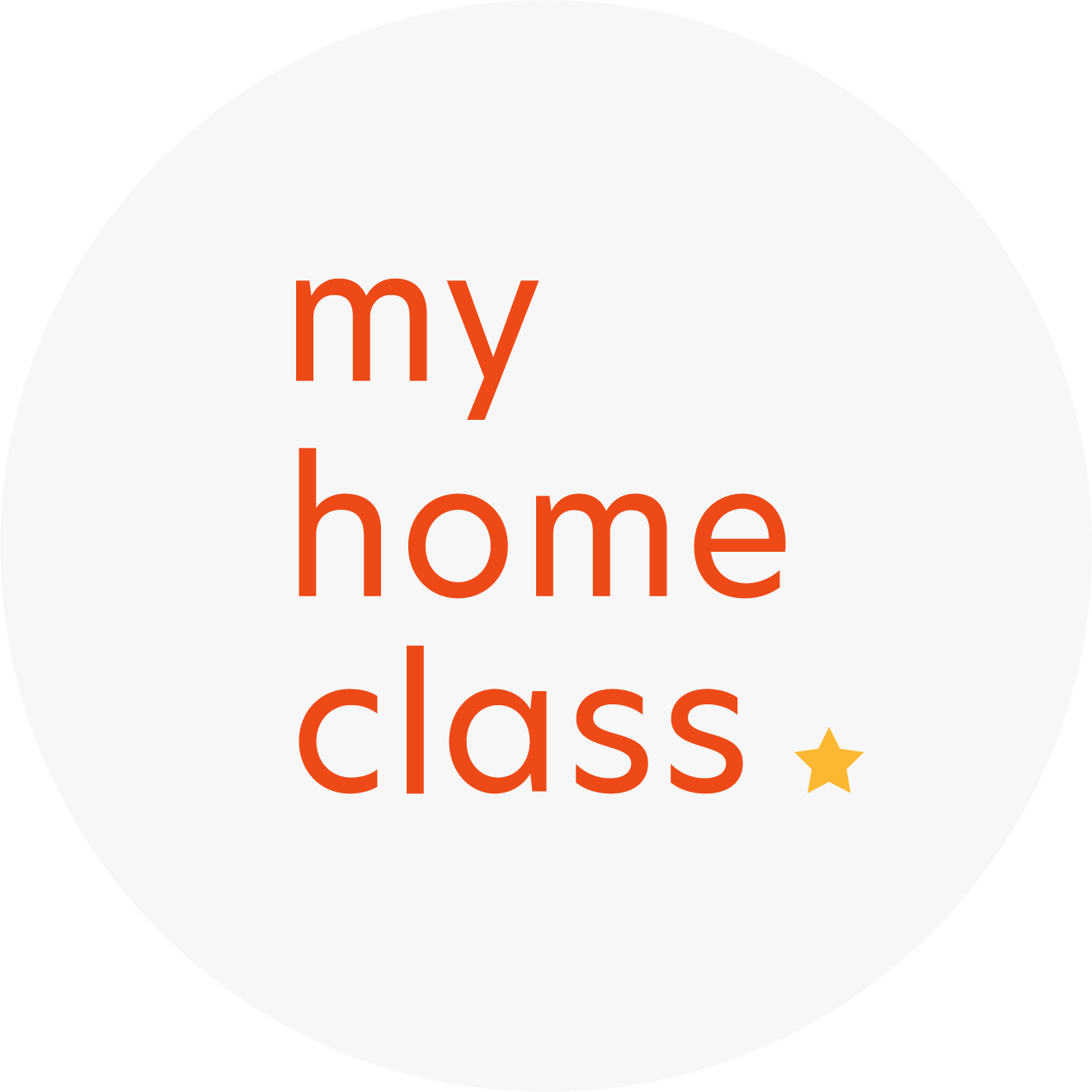Story writing challenge
31.01.23

I knew it was National Storytelling Week, and I was busily preparing this activity to share here.
But, last night in a writing class, some of my students popped and fizzed into the lesson, keen to tell me that it was storytelling week. It was wonderful to see their enthusiasm and excitement.
So, this post is dedicated to them and all the budding young story writers out there. 
Story Writing Activity 
Hello story writers!
It would be fantastic if you could try this 'flash writing' activity. I suggest writing about 200-400 words. This could be a whole story (with a beginning, middle and end), or it could pick up the story just at the action and problem point. It doesn't really matter; the main aim here is to get writing, try out some new vocabulary and enjoy seeing your ideas spill out onto the page.
It would be fantastic if you could try this 'flash writing' activity. I suggest writing about 200-400 words. This could be a whole story (with a beginning, middle and end), or it could pick up the story just at the action and problem point. It doesn't really matter; the main aim here is to get writing, try out some new vocabulary and enjoy seeing your ideas spill out onto the page.
1) Look carefully at the image on this post. Then, jot down some ideas for the 5Ws – Who, What, Where, When, Why (and How / If). I call this 'First Thoughts'.
2) Look at the vocabulary list towards the end of this post. Look up any words you are unsure of, and jot down some of the ones you'd love to use.
3) Look at the ideas below on the 7 ways to start a story.
4) Start writing.
Starting your story
You only get one chance to start a story. 
But, finding that first sentence can be the hardest.
It can take some time, but once it's there, the rest seems to flow onto the page. I always say this to my students - and it's true!
And, for those children taking an 11 Plus writing exam this year, remember that under timed conditions, there's little time to contemplate the benefits of different story starters. So, remember your favourite – it's a surefire way to begin the exam confidently!
To help, here are seven tried-and-tested ways to start a story:
1.  Background information
Background information
Example:
For some time now, the warriors had been preparing for the arrival of the light.
2.  Character introduction
Character introduction
Example:
They were the fiercest warriors in the kingdom.
3.  Action
Action
Example:
Crouching in the shadows, the warriors lit their firewood torches.
4.  Dialogue
Dialogue
Example:
“Follow me!”
5.  Questions
Questions
Would you have done the same as them if you'd had the choice?
6.  Mystery
Mystery
Example:
The village changed forever on that suffocating evening.
7.  Setting description
Setting description
Example:
The silent, shifting clouds cast an unfamiliar and unwelcome shadow on the village.
Vocabulary ideas for this picture: 
-
Phosphorescent (the phosphorescent brilliance of the ….)
-
Blanched (the blanched skies)
-
Sulphurous (the sulphurous fumes ..)
-
Manacle-grey (the manacle-grey skies…)
-
Lacerating (the lacerating wind…)
-
Scavenging (the scavenging shrieks …)
-
Catacomb (the catacomb quiet …)
-
Insidious (the insidious mist …)
-
Bracelet (a bracelet of light hung like a halo…)
I hope you enjoy National Storytelling Week and putting your pen to paper.
Anna 
